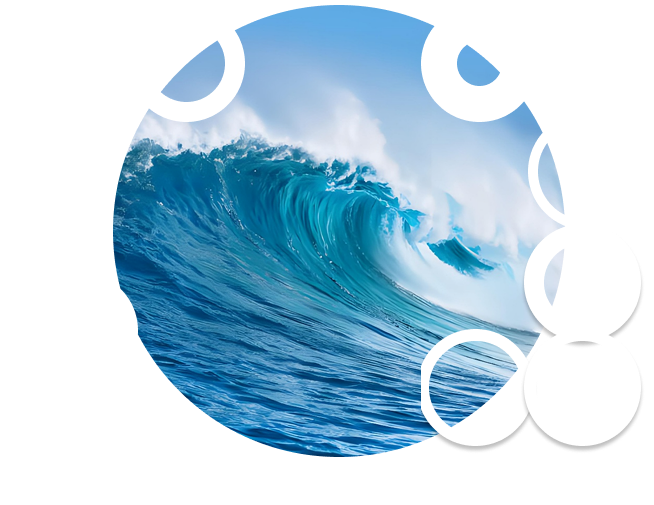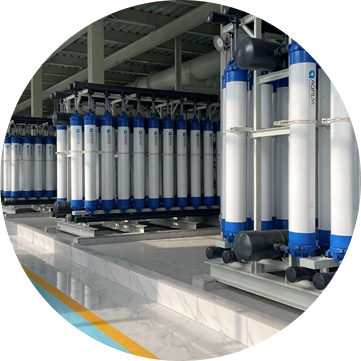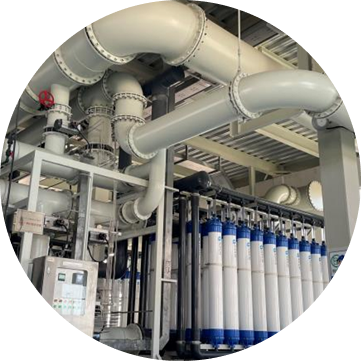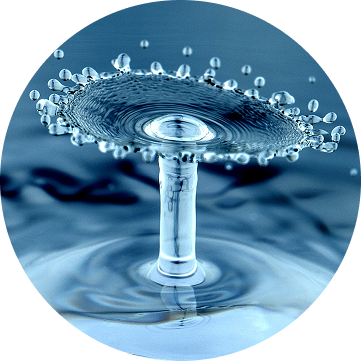A Desalination Project in Weihai



Weihai a Certain Power Generation Seawater Desalination Project (Phase I) uses seawater as the water source. Through the treatment process of V-type filter tank + ultrafiltration + reverse osmosis, the desalinated seawater is supplied as municipal drinking water to the municipal pipeline network. The construction scale of Phase I is 30,000 tons/day of desalinated water, and the internal pressure type ultrafiltration membrane is selected for the filtration mode.The seawater desalination system generally operates when the water temperature is 2-3℃ in winter. Low temperature increases the viscosity coefficient of water, which enhances the membrane filtration resistance. Moreover, temperature has a significant impact on the water production flux of the membrane. Therefore, the key to this project is to ensure full-load long-term stable operation under low-temperature conditions.
The AFP-N1080 high-flux internal pressure ultrafiltration membrane is adopted
This product applies our permanent hydrophilic modification formula, regulating the hydrophilic contact angle of PES material to 0°. Meanwhile, through control of the membrane formation process, the filtration cross-section of the membrane is adjusted from the traditional finger-like pore structure to a sponge-like structure. This adjustment not only enhances the strength of membrane filaments but also improves the water permeability, increasing the water production flux by over 30% compared to similar PES-based products. This significantly boosts the membrane's water production capacity, addressing the issue of flux decline during low-temperature operation in winter. The sponge-like structure also strengthens the membrane filaments, ensuring no filament breakage and stable, reliable water quality during long-term operation.


The project has been in continuous operation for nearly 4 years, with the operating flux stabilized at 65 LMH, the operating pressure maintained below 30 KPa, and the water production decay rate remaining less than 2.5% per year.